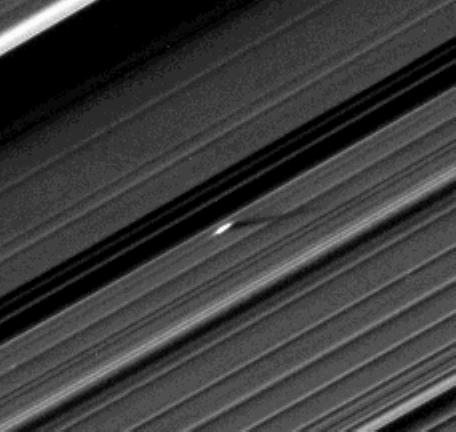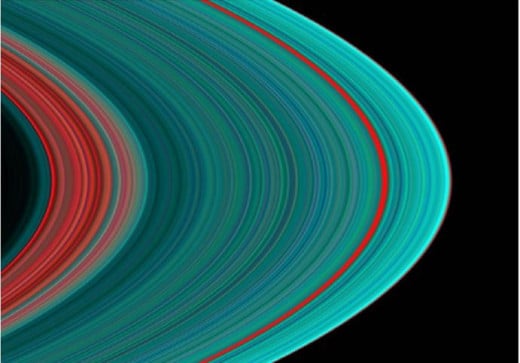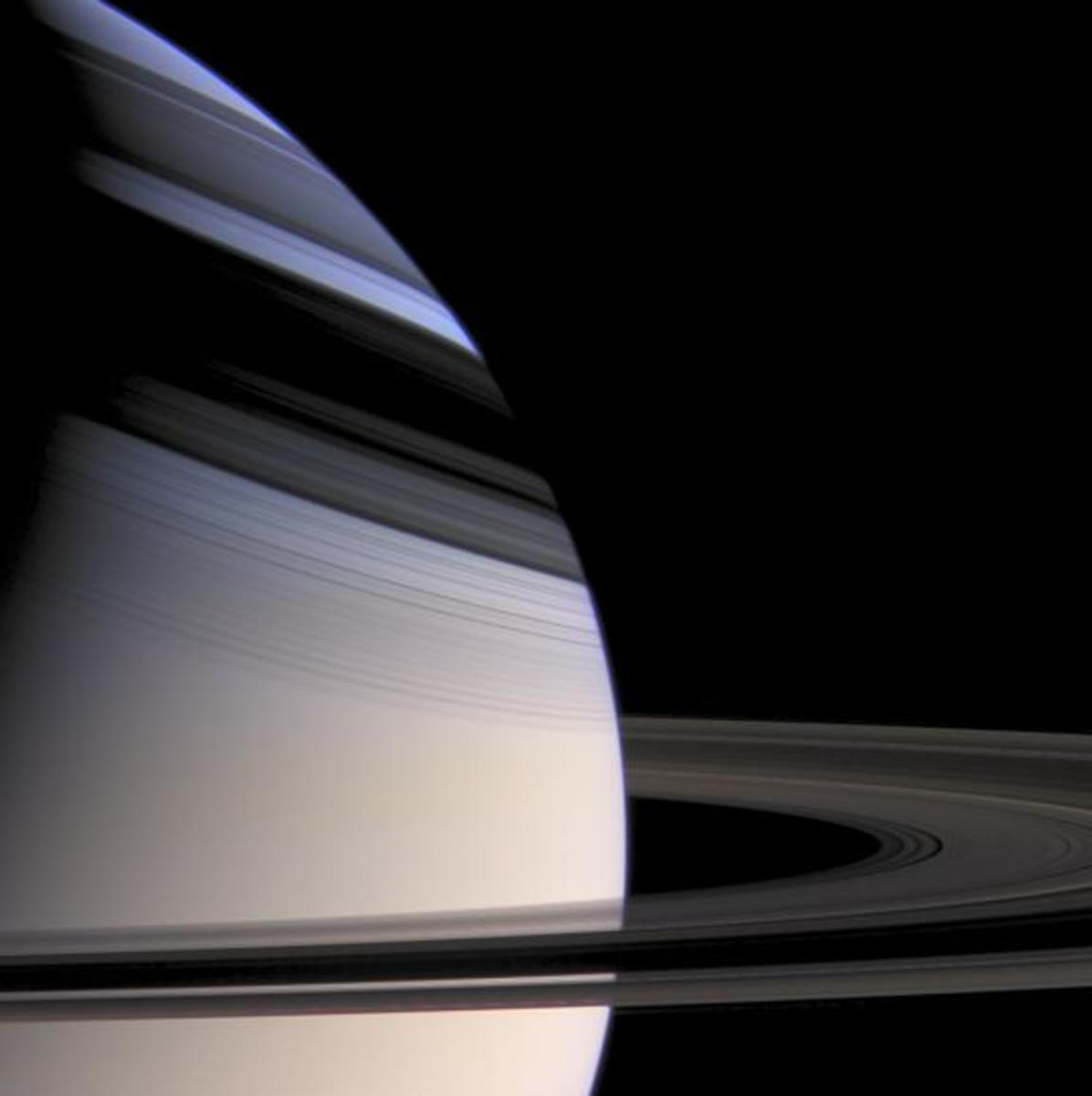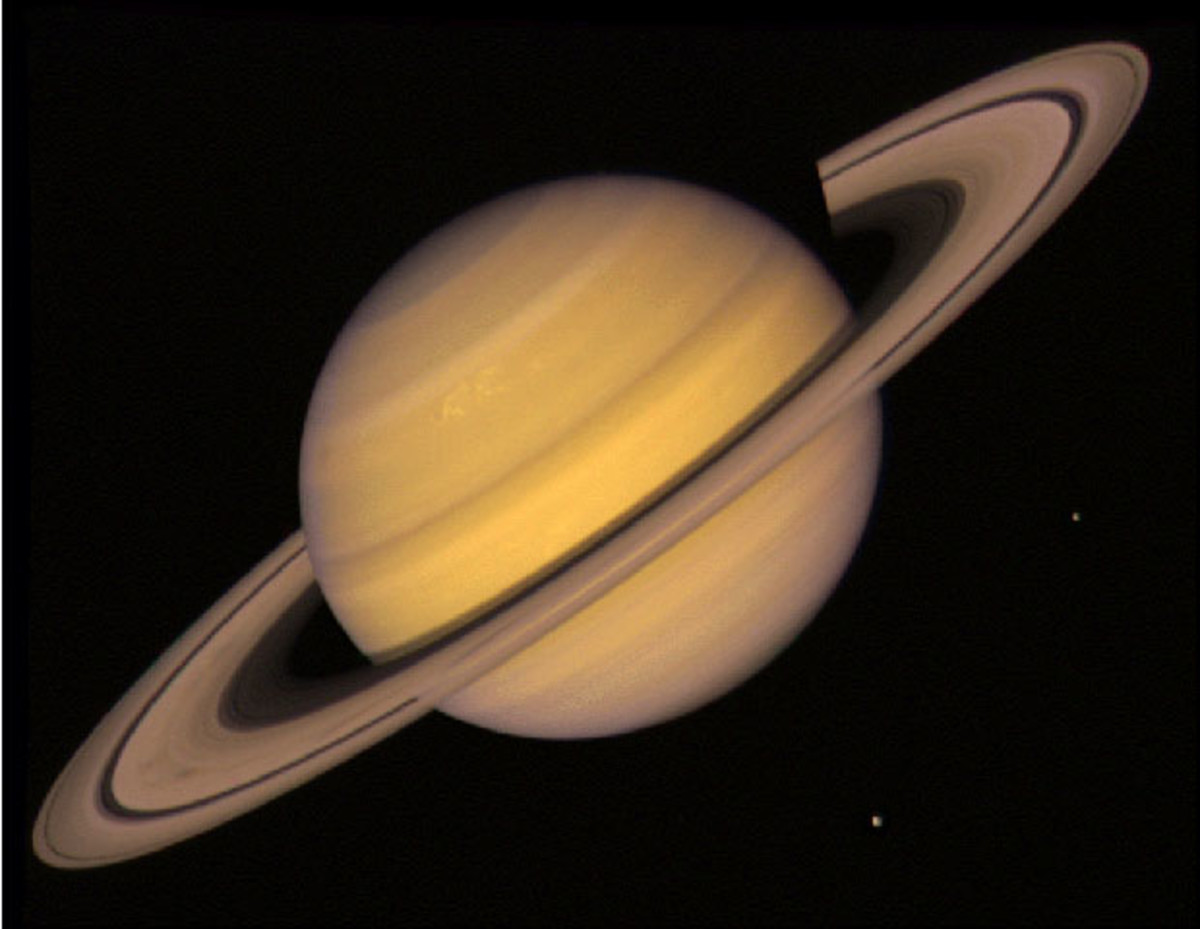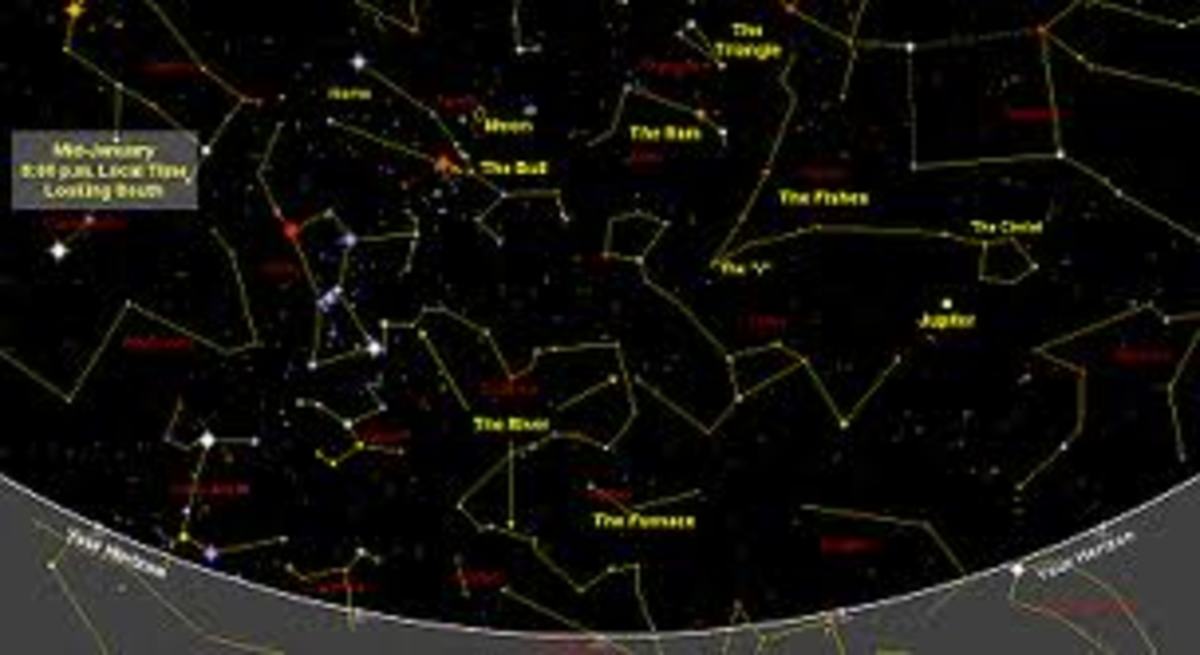How Were the Rings of Saturn Formed?
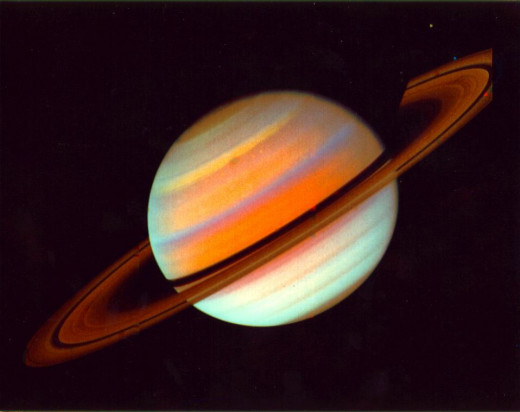
I have been battering away at Saturn, returning to the charge every now and then. I have effected several breaches in the solid ring, and now I am splash into the fluid one, amid a clash of symbols truly astounding. When I reappear it will be in the dusky ring, which is something like the state of the air supposing the siege of Sebastopol conducted from a forest of guns 100 miles one way, and 30,000 miles the other, and the shot never to stop, but go spinning away round a circle, radius 170,000 miles.
— James Clerk Maxwell
The scientific theory I like best is that the rings of Saturn are composed entirely of lost airline luggage
— Mark Russell
The Mysterious Ringed Planet Saturn
Sometimes called the 'Jewel of the Solar System' due to its crown of rings, Saturn is a mysterious planet due mainly to the fact that the exact origin of these rings has not yet been determined beyond all doubt.
- Saturn is not the only planet with rings as all of the Jovian or gas planets have them.
- They do stand out more than those of the other ringed planets because they are the largest and most vivid.
- The rings of Saturn range in thickness of up to one kilometre and from the centre of the planet they stretch out up to 482,000 km.
- The rings are named in alphabetical order in terms of when they were discovered not in order of closest to farthest away from the planet.
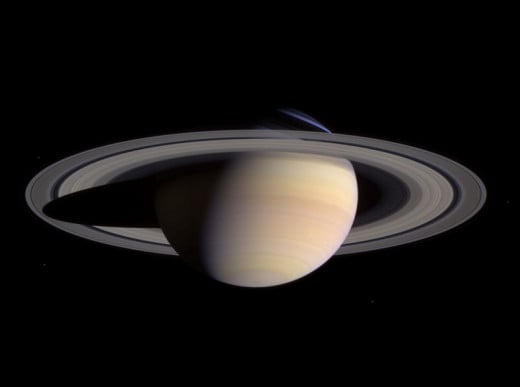
Composition of Saturn's Rings
Saturn's rings have been the subject of study and interest for hundreds of years.
- Saturn's rings are made up of primarily water ice but may also include dust, rocky, ice-covered particles and other debris.
- Some of this material is as fine as grains of sand, others are as large as tall buildings while some are as big as a few kilometers in diameter.
- Each ring has a distinct orbital speed around Saturn.
- As well, each of the particles within the rings has its own independent orbit around Saturn.
- The rings themselves are relatively thin and there is relatively little material present in these rings despite their magnificence; if the matter present in the rings was compressed there would be a body of no more than 100 km across.
- The two prominent rings A and B as well as the faint ring C can be observed from Earth.
- A few puzzling features within the rings have been discovered recently which may shed some light on the origin of the ring material.
- In Saturn's outermost ring (F-ring) there is a complex structure composed of smaller rings which contains 'knots' along its length.
- It is thought that these 'knots' are clumps or mini moons composed of ring material.
- While two tiny moons orbit in the gaps called Encke and Keeler within the ring system, smaller clumps of ring material which are too tiny to see create these propeller-shaped knots within this F-ring.
- Together, the rings of Saturn shows amazing structure some due to gravitational effects of Saturn's many moons but much of this structure to date is unexplained.


Theories Explaining the Origin of Saturn's Rings
Saturn's rings have puzzled astronomers for centuries since Galileo Galilei discovered them using his own telescope in 1610. Voyager 1 and 2 provided pictures and information in the 1980s but they only created a more mysterious persona for this planet. The latest NASA spacecraft, Cassini, has provided more detailed information leading to more plausible theories of the origin of Saturn's rings.
- The rings were once believed to be pieces of comets, asteroids or shattered moons that were broken up before reaching the planet.
- A new theory suggests that the ring's may have resulted from the destruction of a Titan-sized moon which had its upper layer ripped off as it spiralled towards the newly formed Saturn.
- Robin Camp of the Southwest Research Institute in Boulder, Colorado states that it is the composition of Saturn's rings that are problematic in determining where the rings ultimately came from.
- Even though the primordial solar system would have been comprised equally of ice and rock, the rings have a composition of 90% to 95% water ice.
- Because the rings appear to have been collecting dust since their formation, it is also suggestive of their water ice composition.
- The fact that Saturn's inner moons have extremely low densities is again suggestive that they are composed of mostly water ice.
- Past theories have suggested that the ring material arose from the break-up of a large comet or asteroid but the question begs, why so little rock is present in the rings.
- Camp suggests that the outer layer of this Titan moon comprised mainly of ice was ripped off while the rocky core hit the planet surface effectively becoming part of the planet itself.
- In fact, as large satellites tend to spiral towards a planet, many similar collisions may have contributed to the icy ring system of Saturn.
- The oddly shaped propeller-like knots, referred to as 'moonlets', within Saturn's rings support the this theory as they suggest the remnants of the destruction of long ago icy satellites.
- This theory adequately explains the mostly ice water composition of the rings.
- Some of the ice, Camp suggests, would have reformed into new moons which she says would have spiralled outward and not inward toward the planet and destruction.
- Thus, the icy moons of Enceladus, Dione and Tethys may have been spawned from material from the rings suggesting that at one time, Saturn would have had a ring of immense proportions compared to today.
The latest spacecraft from NASA to explore Saturn, Cassini, will continue to provide updated information to astronomers here on earth. As new information is forthcoming, so too will the theory of Saturn's rings and other mysteries be refined and expanded.
Resources Used
Coffey, Jerry. Universe Today. What are Saturn's Rings Made Of?. June 30, 2008
Lovett, Richard. Nature. Saturn's rings formed by destruction of giant moon. October 5, 2010.
NASA. Solar System Exploration. Saturn: Rings.
Nine Planets. Saturn. 1994-2012.
Than, Kerr. Space.com. Saturn's Rings Created by Collision. March 29, 2006

